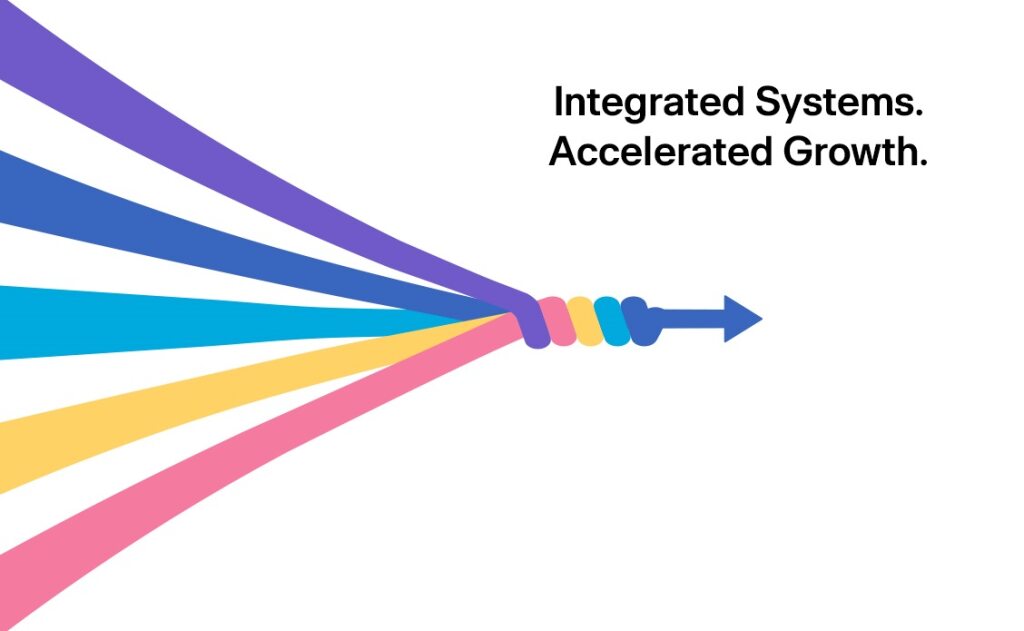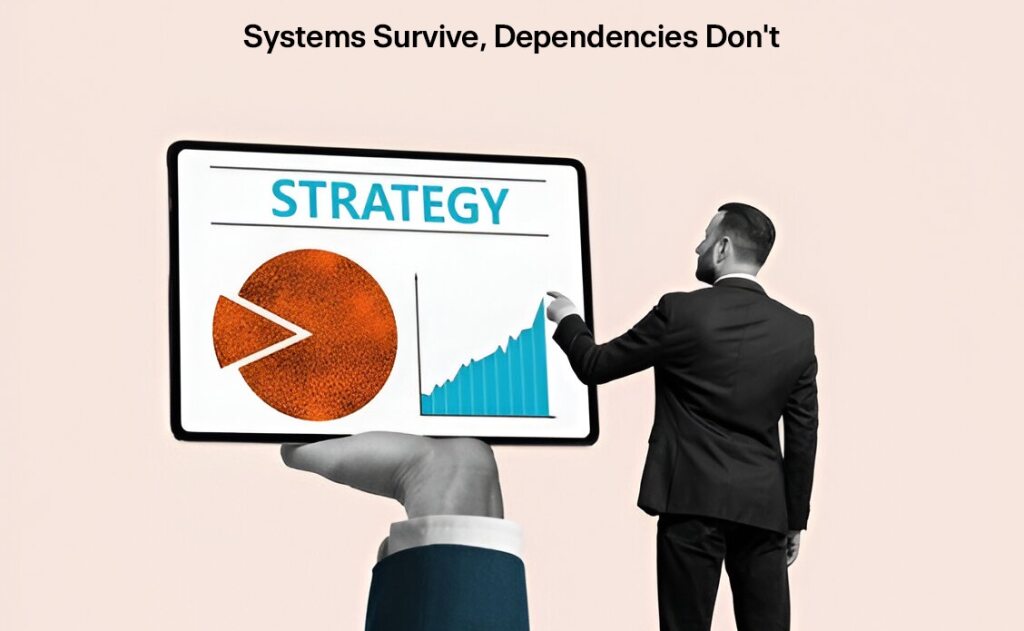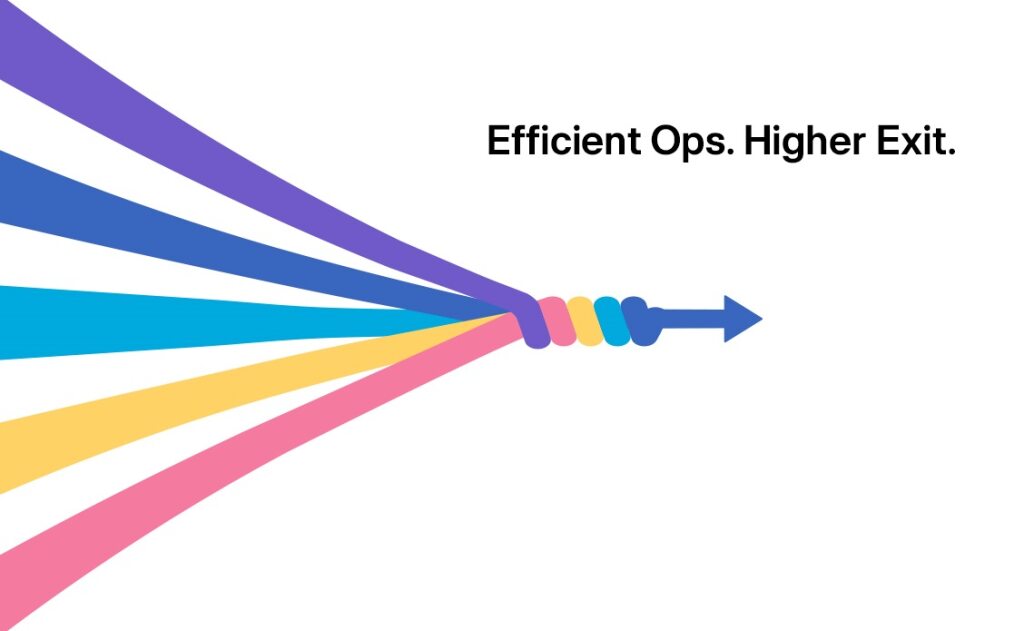The $8M Headcount Trap:
Last month, a SaaS founder showed me their org chart with pride. “We’ve grown from 12 to 120 people in 18 months,” he announced. Then came the uncomfortable silence when I asked about profit margins. Revenue had grown 400%, but profit per employee had dropped 60%. They’d scaled their team faster than their systems.
The brutal math: $8M in additional payroll to generate $12M in additional revenue. Their customer acquisition costs were flat, but their operational costs had exploded. Every new hire required more management, more coordination, more complexity.
This wasn’t a hiring problem—it was an automation problem. They were solving capacity challenges with human resources instead of intelligent workflows. Their competitors were scaling revenue with half the headcount because they’d automated what this founder was manually managing.
The disconnect? They built a bigger engine instead of a smarter machine. Growth without workflow intelligence isn’t scaling—it’s expensive multiplication of inefficiency.
At NextAccel, we’ve analyzed operational efficiency across 150+ scaling companies. The pattern is unmistakable: founders who confuse team expansion with business scaling hit profit walls that prevent sustainable growth.
Systems Scale, People Don’t
Here’s the NextAccel framework for building workflow automation that drives growth, not just eliminates tasks.
Step 1: Reverse-Engineer Your Capacity Constraints (DEFINE Your Automation Triggers)
Ask your leadership team this diagnostic question:
“What 5 operational bottlenecks would break if we doubled revenue in 90 days? If automating those processes wouldn’t handle 3x volume, you’re automating the wrong workflows.”
Most automation fails because teams confuse busy work with business-critical processes. Your automation stack isn’t “everything we can systematize”—it’s “the workflows that multiply human capability without multiplying human requirements.”
The NextAccel DEFINE Framework for Workflow Intelligence:
- Bottleneck Mapping: Identify processes that require linear headcount increases to scale capacity
- Decision Automation: Separate routine decisions from strategic judgment calls that require human intelligence
- Cross-Functional Flow: Ensure workflows eliminate handoff delays between departments, not just within departments
- Scalability Validation: Test whether automated processes can handle 10x volume without proportional resource increases
I run clients through this exercise: “If you could automate 5 workflows to handle 300% more volume with your current team, which 5 would transform your operational capacity?”
Generic process automation creates efficiency gains. Strategic workflow intelligence enables exponential scaling because you’re multiplying business capability, not just eliminating business tasks.
Step 2: Build Intelligence Architecture That Scales with Complexity (The DEPLOY System)
Here’s the uncomfortable truth: 90% of automation projects reduce individual task time but don’t increase overall business capacity. More automated tasks create more coordination complexity, not more growth potential.
Your workflow intelligence needs system integration that multiplies capability, not just speeds up individual processes.
The NextAccel Automation Stack:
- Customer Lifecycle Automation (revenue multiplication): Automated nurturing, onboarding, and retention workflows that handle customer relationships without human intervention
- Revenue Operations (growth acceleration): Automated lead scoring, pipeline management, and forecasting that increases sales capacity without increasing sales staff
- Financial Operations (margin optimization): Automated billing, reporting, and cash flow management that handles accounting complexity without accounting headcount
- Support Operations (service scaling): Automated ticket routing, knowledge base integration, and resolution workflows that handle customer success without customer success expansion
I’ve tested this across 40+ B2B companies. Single-process automation creates marginal improvements. Integrated workflow systems create exponential capacity increases.
Tactical Implementation:
- Trigger-Based Automation: Workflows that initiate based on customer behavior, not scheduled tasks that run whether needed or not
- Decision Tree Integration: Automated routing that handles 80% of routine decisions, escalating only complex judgment calls to humans
- Data Flow Automation: Information that moves automatically between systems, eliminating manual data entry and reconciliation
- Performance Optimization: Automated monitoring that identifies and resolves workflow bottlenecks before they impact business operations
The goal: every automated workflow should either increase revenue capacity or reduce operational overhead without creating new management complexity.
Step 3: Optimize for Growth Multiplication, Not Task Elimination (The DELIVER Discipline)
Most leadership teams prioritize automating existing processes over redesigning processes for automation. This creates faster execution of inefficient workflows instead of intelligent business operations.
I ask clients: “Would you rather automate your current customer onboarding process, or redesign customer onboarding for automated excellence?”
The NextAccel Workflow Intelligence Priorities:
- Capacity Over Efficiency: Automate processes that enable handling more volume, not just handling current volume faster
- Integration Over Isolation: Workflows that connect multiple business functions vs. department-specific process improvements
- Intelligence Over Elimination: Automated decision-making that improves business outcomes vs. automated task completion
- Scalability Over Savings: Systems that grow capability exponentially vs. systems that reduce costs linearly
- Revenue Over Reduction: Automation that increases earning potential vs. automation that decreases operational expenses
This isn’t lazy management—it’s strategic capability multiplication. Every automation investment should create business leverage, not just operational convenience.
Quarterly Diagnostic Exercise:
“Review your last 6 months of growth. Which operational constraints required hiring to solve? Which constraints could workflow automation have eliminated while improving performance?”
Common optimization discoveries:
- Customer onboarding automation increases retention rates while reducing support team requirements
- Sales process automation improves conversion rates while expanding sales capacity
- Financial workflow automation enables real-time decision-making while reducing administrative overhead
- Support automation resolves issues faster while freeing human resources for relationship building
Step 4: Systematize Automation Discipline (Not Automation Decoration)
Here’s what I tell every founder: “Impressive automation demos don’t build valuable companies. Disciplined automation implementation does. If your workflows aren’t enabling revenue growth beyond headcount increases, you’ve built expensive productivity theater.”
The NextAccel Automation Operations Framework:
- Weekly Capacity Reviews: Every department analyzes which automated workflows are multiplying capability vs. which are creating new bottlenecks
- Monthly Automation Audits: Leadership team reviews automation ROI and identifies next-highest-impact workflow optimization opportunities
- Quarterly Scaling Analysis: Comprehensive analysis of automation performance vs. growth targets to ensure systems scale faster than complexity
- Annual Architecture Planning: Strategic review of automation roadmap alignment with business growth objectives and market opportunities
Without disciplined implementation protocols, automation becomes technology complexity instead of business capability. With systematic discipline, you build operational muscle memory that scales intelligence, not just effort.
Final Framework: Intelligent Workflows Drive Premium Growth
Your automation system isn’t a cost-reduction tool—it’s your business capability multiplier. Companies that master workflow intelligence don’t just grow faster than their headcount, they grow faster than their competition while maintaining superior profit margins.
When market conditions shift or growth accelerates, automated workflows become your strategic scaling advantage. You increase capacity based on system intelligence instead of expanding teams based on volume requirements.
At NextAccel, we’ve helped dozens of founders transform manual operations into intelligent business machines.
The companies that achieve sustainable scaling think like systems architects, not workforce managers. They build automation that multiplies human potential, not just eliminates human tasks.
Planning to build intelligent workflow automation?
Contact us for our 90-minute Workflow Intelligence Audit and identify which processes can drive exponential growth in your next 90 days.




